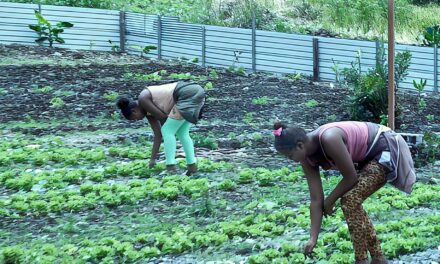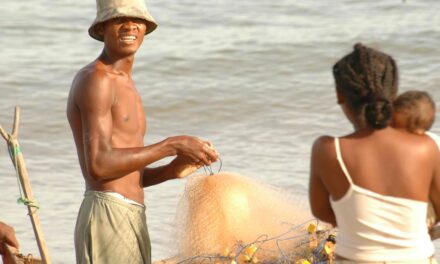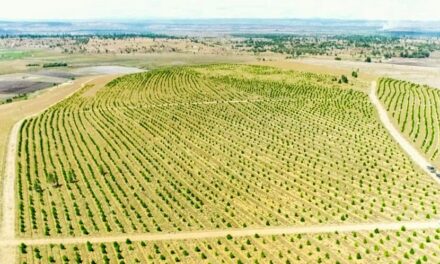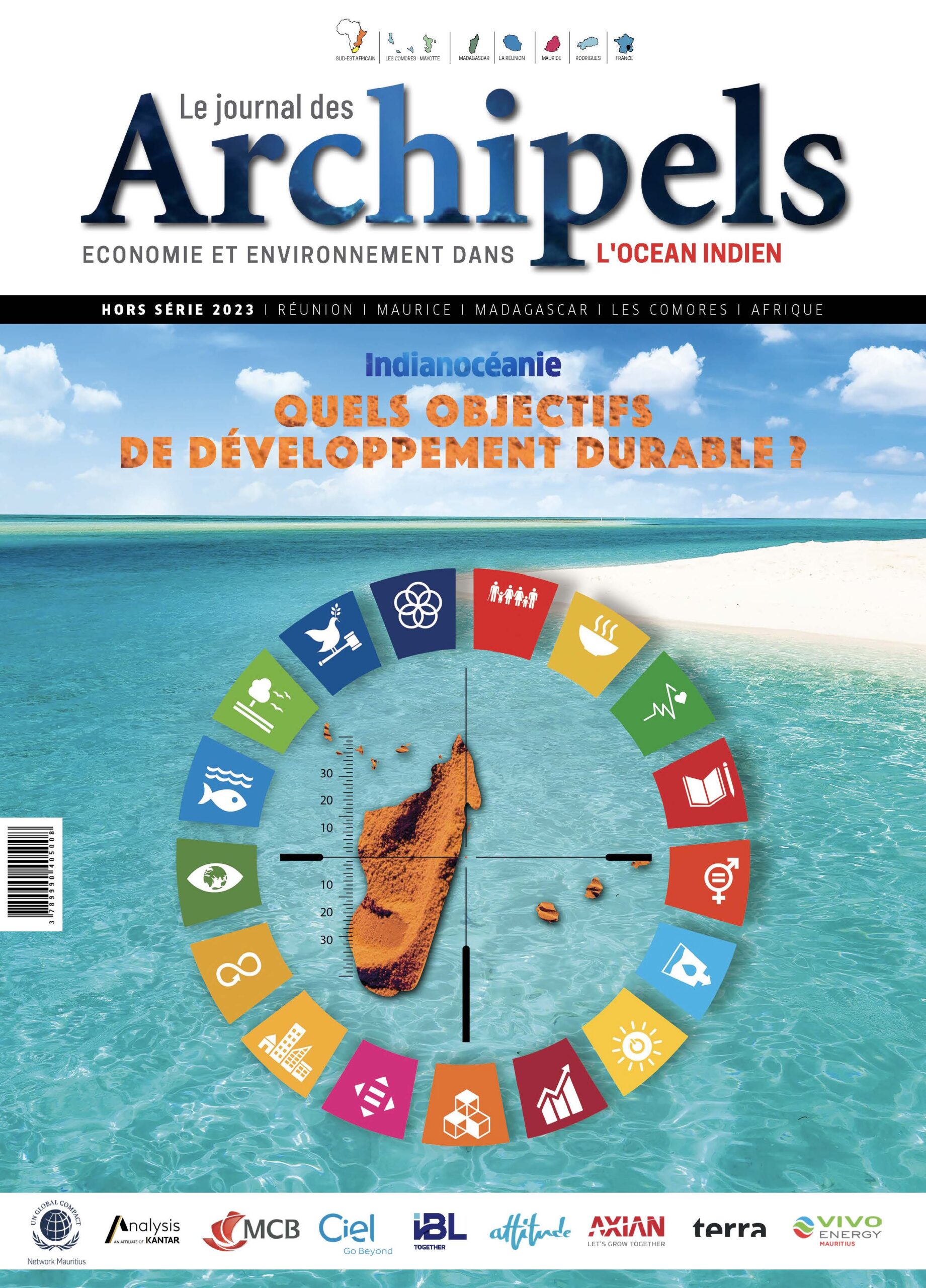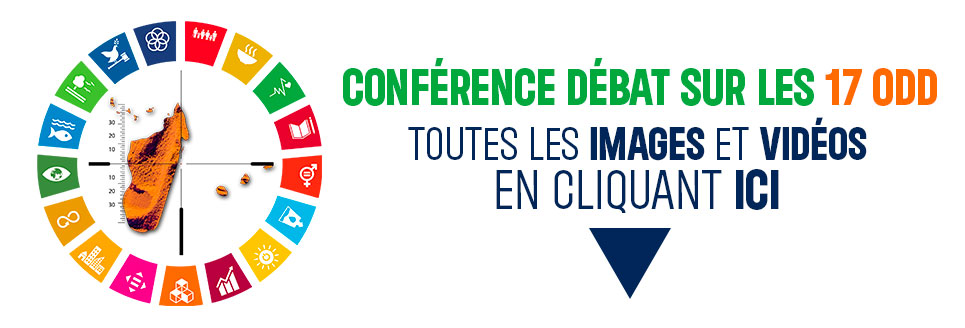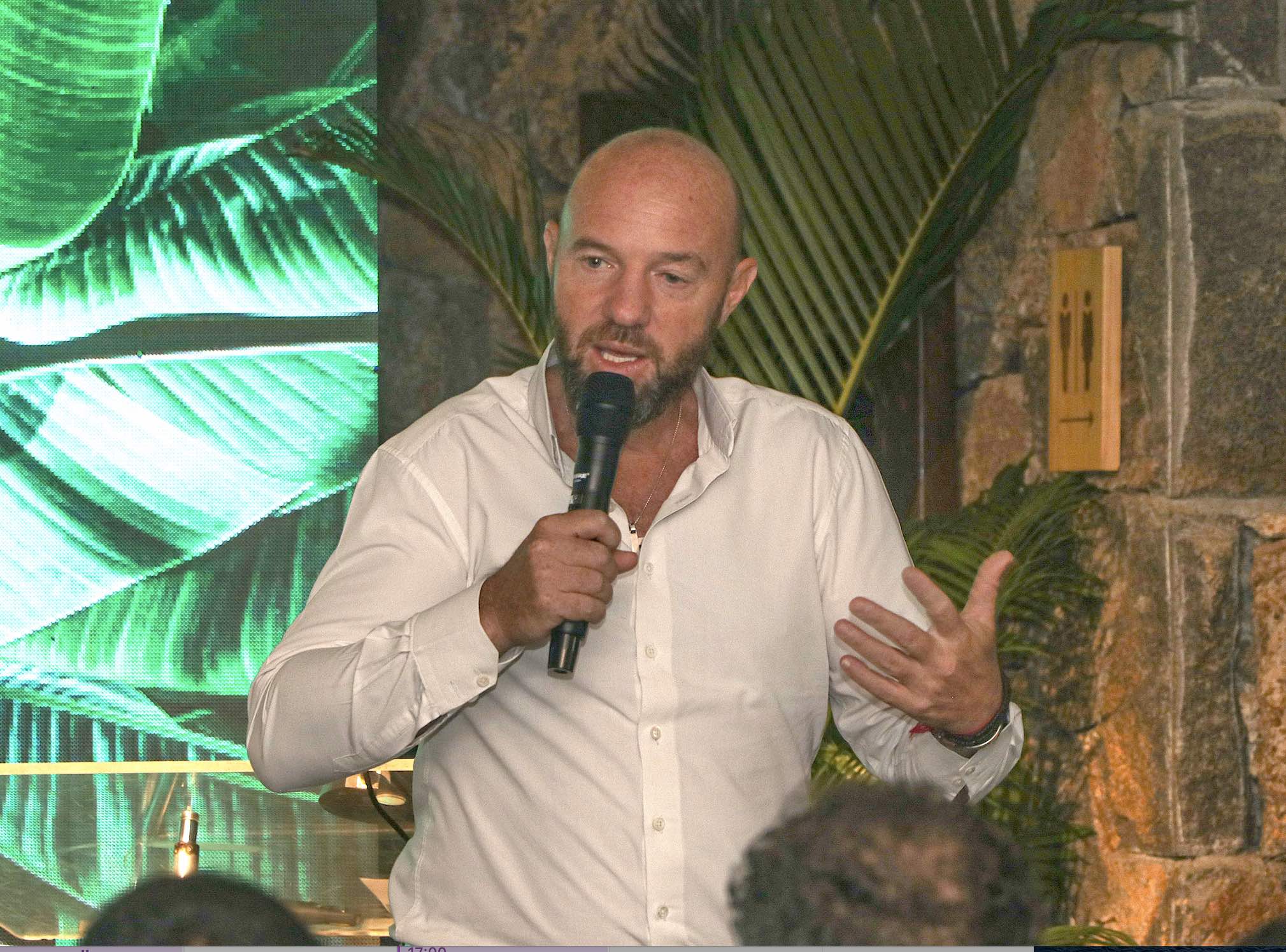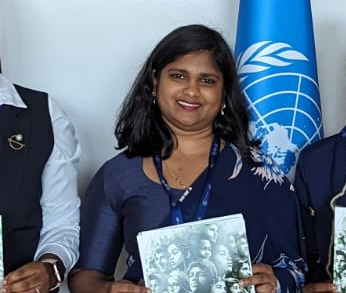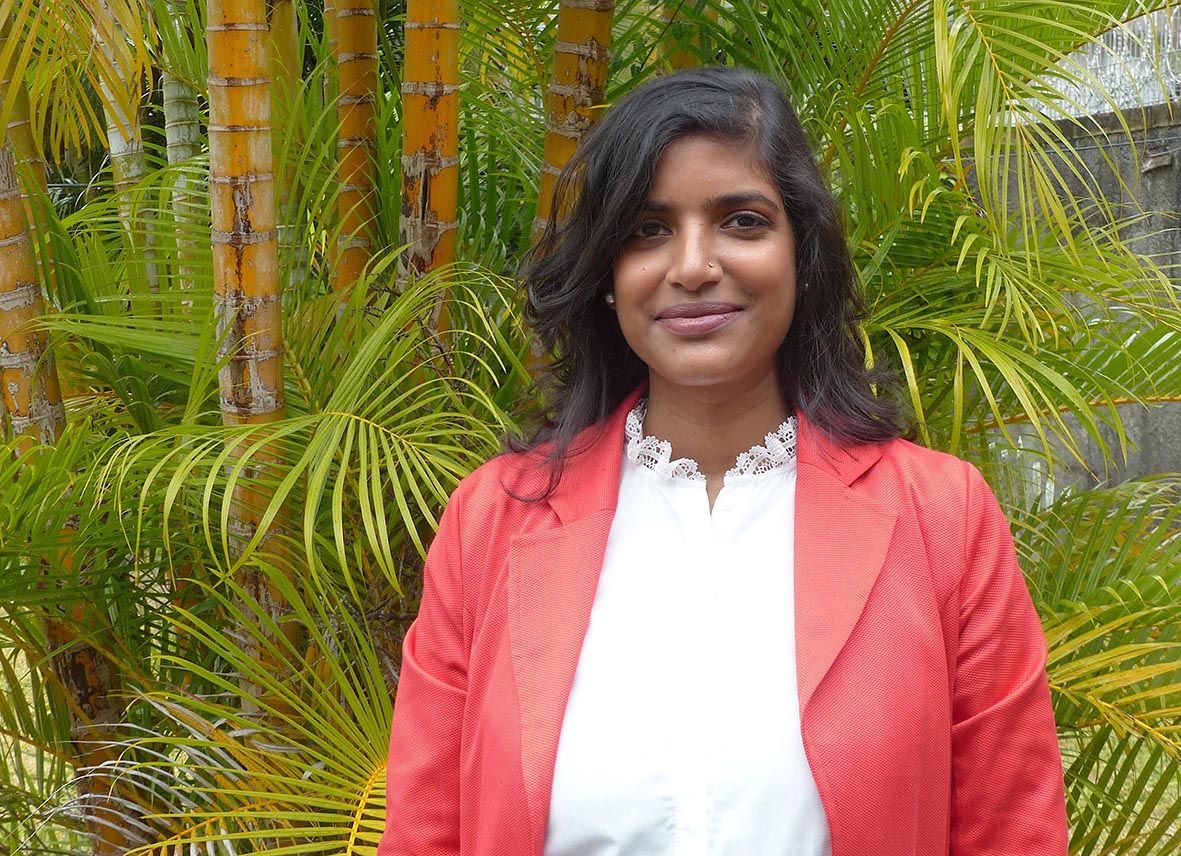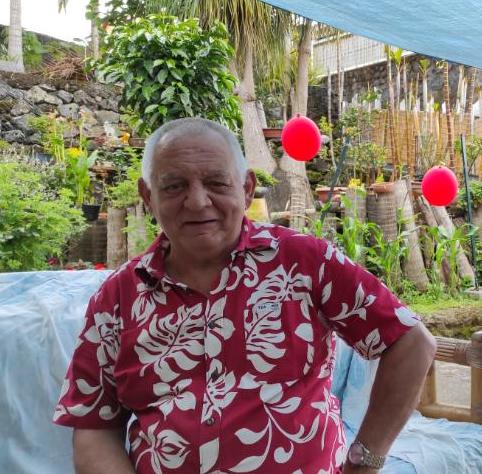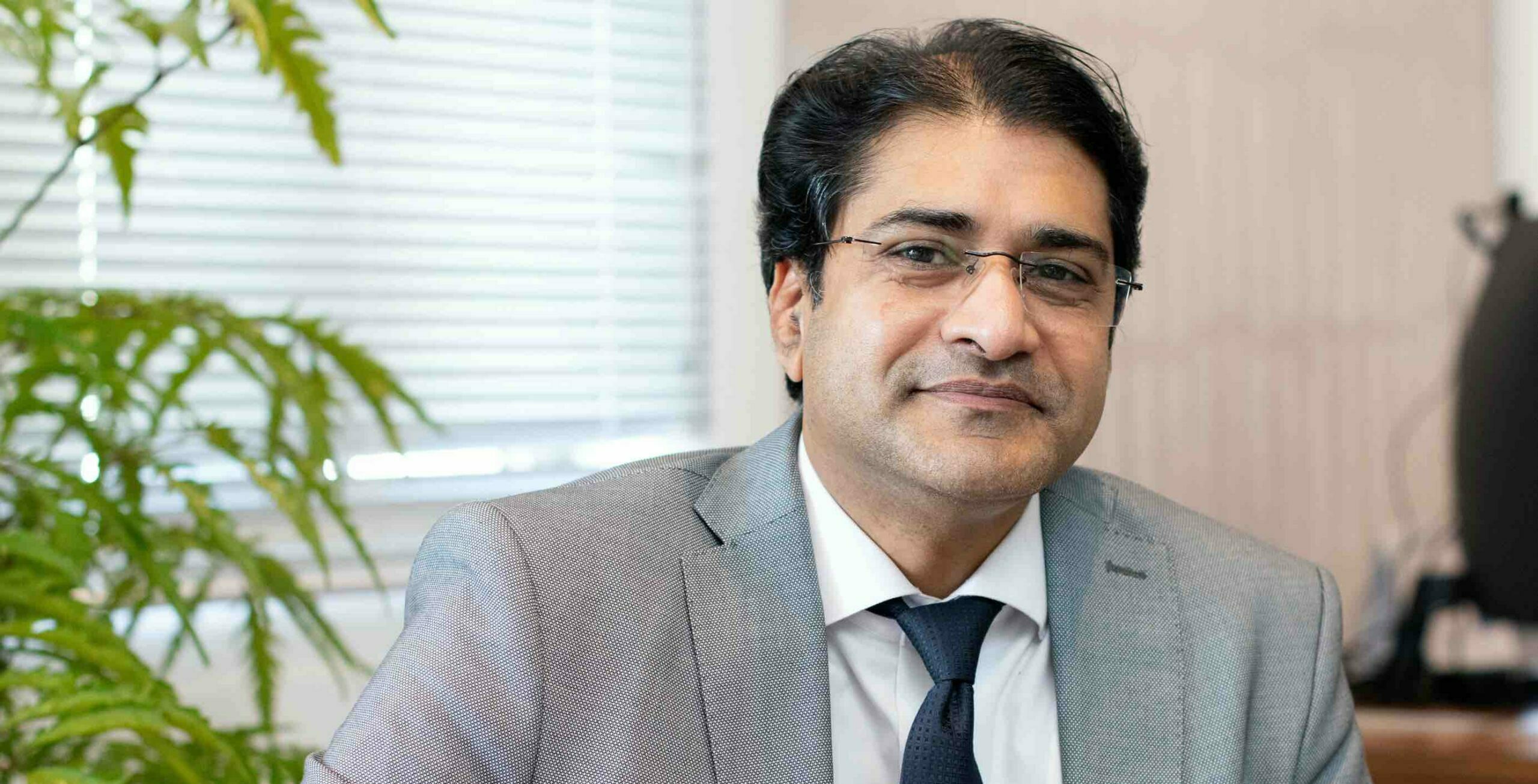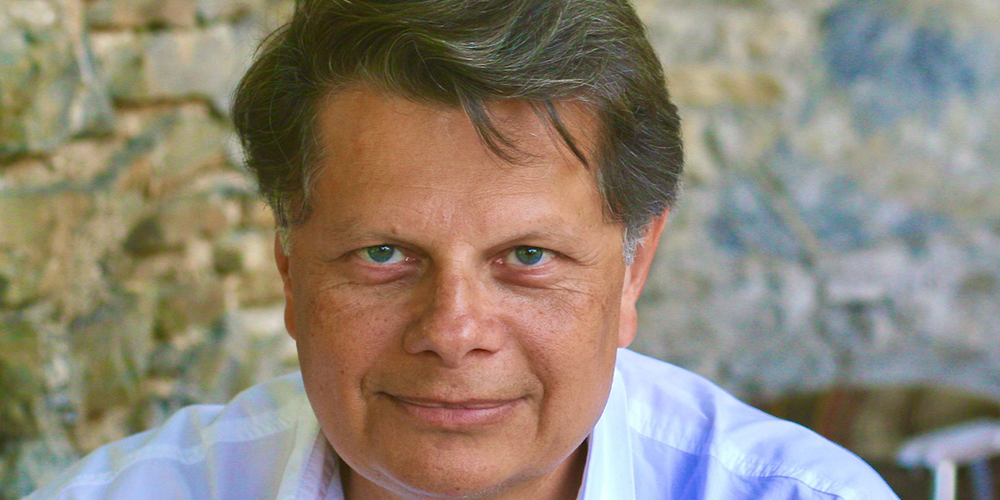Victim for many years of the Kéré phenomenon (drought and famine), the South of Madagascar aspires to a better future by counting on projects concocted by the State and technical and financial partners. The populations of this part of the big island no longer wish to be satisfied with punctual aids but with structuring projects able to establish a sustainable development.
If we refer to the projects in progress and those already announced, it could be that the southern part of Madagascar can finally see the future with a little more optimism. The people are looking forward to the World Bank’s launch of the Mionjo project (“get up” in the dialect of southern Madagascar), for which the financing of 100 million US dollars was signed in December 2020. The project will cover the three southern regions of Madagascar, namely Anosy, Androy and Atsimo-Andrefana, and provides for the construction of key infrastructure such as water facilities.
The fight against chronic water shortages and food insecurity factors is at the heart of this long-term commitment. We see this program as a paradigm shift that lays a solid foundation to prevent famine and other natural shocks that have made southern Madagascar one of the poorest regions in the country,” said Hafez Ghanem, World Bank Vice President for Eastern and Southern Africa following the implementation of this project.
The other major project expected to transform the socio-economic landscape of southern Madagascar is the pipeline construction program. This will supply water to the Anosy and Androy regions by mobilizing the hydraulic resources of the Efaho River. According to our information, the State will take charge of most of the financing of this project estimated at 70 million dollars. Malagasy President Andry Rajoelina, who was on a tour of the south recently, has indicated that part of the grant allocated by the International Monetary Fund (IMF) will be used to build the infrastructure.
Liva Rakotondrasata
Read the complete study on our edition of the Journal des Archipels currently distributed in all the Indianocean.



